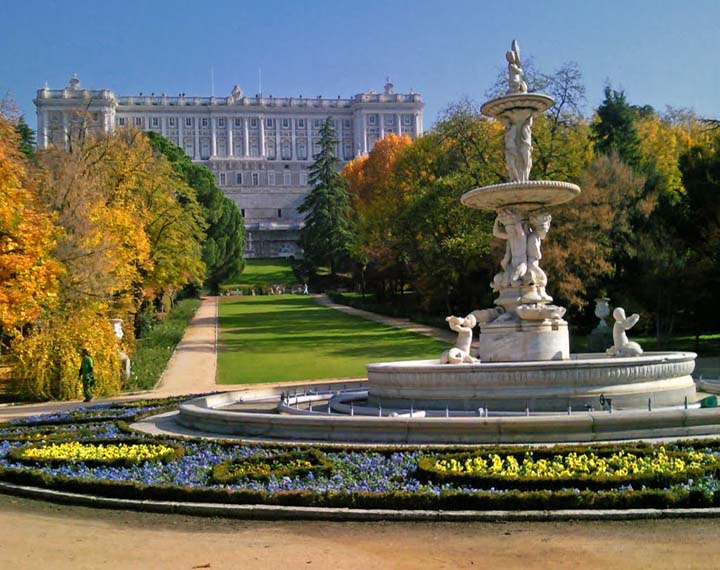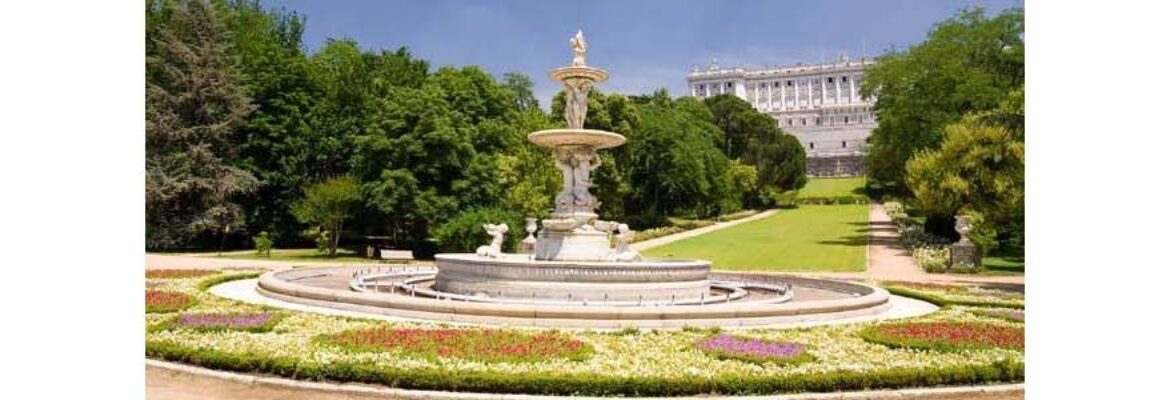
Campo del Moro Gardens
These historical gardens, created by Philip II, are one of Madrid’s hidden and unique spots. Located along a green axis, covering more than 20 hectares next to Madrid Río, they were declared an Artistic-Historical Monument in 1931. Its name refers to a historic episode which occurred in 1109, when the Muslim leader, Alí Ben Yusuf, attempted to re-conquer Madrid following the death of King Alfonso VI, by attacking the fortress from the hillside close to the river. It appears that he and his troops camped in what are now the gardens.
In the 16th century, King Philip II bought the land adjacent to the Alcazar, turning it into the leisure area for the Court in Madrid. After the fire at the Madrid Alcazar in 1734, this land lost its importance in favour of other areas close to the Palace.
During the reign of Isabella II was when the construction of the Gardens was undertaken by Narciso Pascual y Colomer (1844), whose layout of straight main avenues remains today, along with the two fountains that line the central axis: the Conchas fountain, by Felipe de Castro and Manuel Álvarez (1775), brought from the Infante Don Luis Palace in Boadilla del Monte, and the Tritons fountain, a 16th century Italian work from the garden of La Isleta in Aranjuez, and located in front of the “Gruta Grande” or greenhouse. During the Regency of Maria Cristina of Habsburg the park was completely reformed according to the pseudo-landscape design of Ramón Oliva (1890).
It had not been developed as a garden in the past, as it was not possible to connect the area to the Royal Palace, which was situated at a much higher altitude. This position was exploited to create one of the best views in Madrid, with the Royal Palace looming beyond an expansive green tapestry, surrounded by monumental fountains within an ample and shady romantic garden.
Due to the upcoming opening of the Royal Collections Museum (scheduled for the end of 2022), whose Floor -3 is at the height of the gardens, a public entrance to Campo del Moro is being built through the gate located at the intersection of Paseo de Felipe V, inside the gardens, and the Cuesta de la Vega, where the museum entrance for groups will be located. The gardens will also be connected to Madrid Río through the Bonaparte (or Juan de Villanueva) Tunnel, which runs from east to west under this axis and the Paseo de la Virgen del Puerto.


